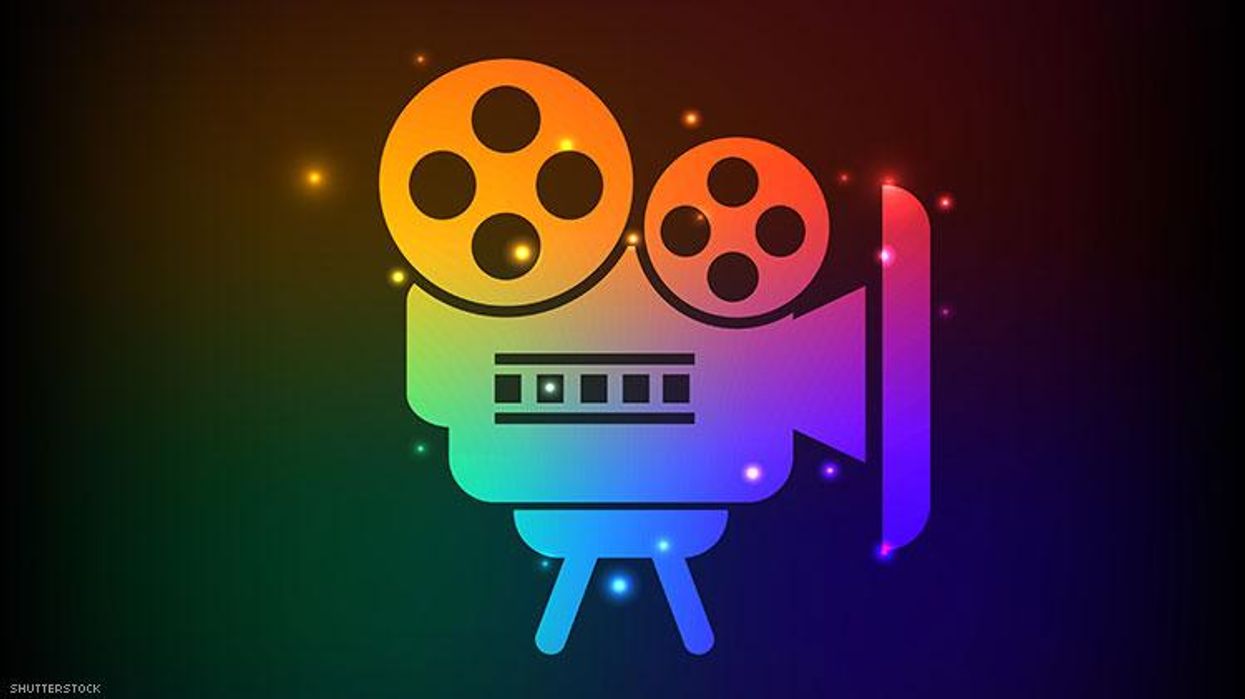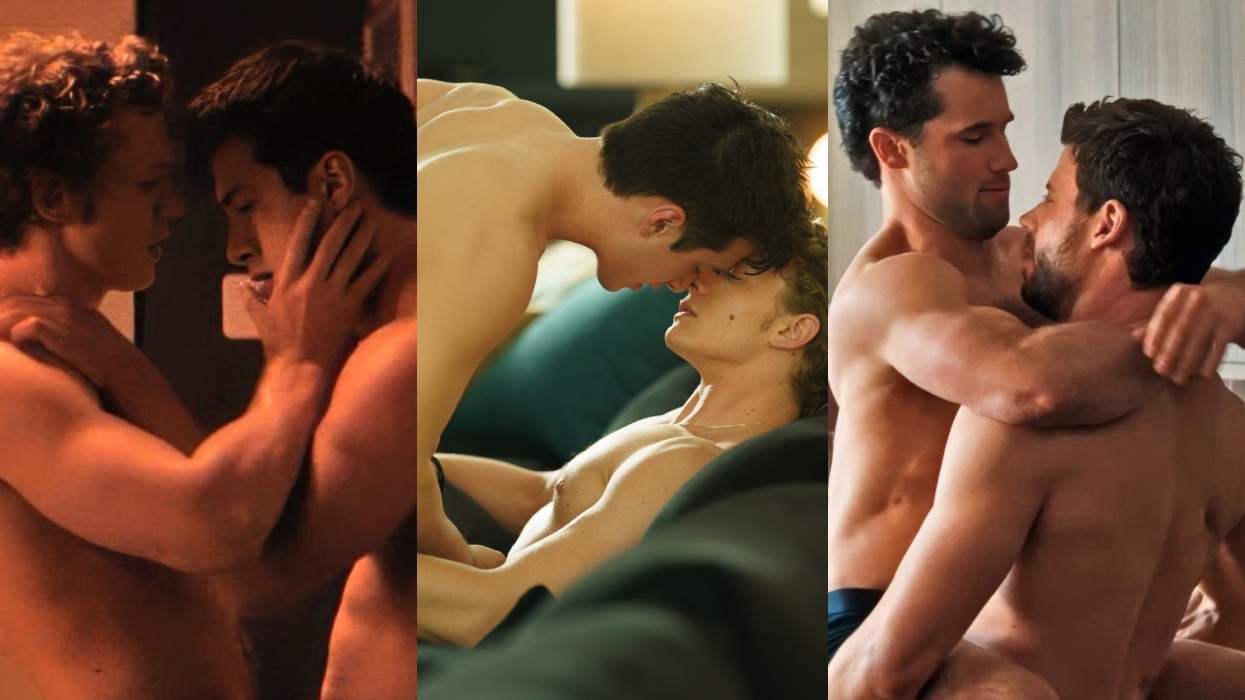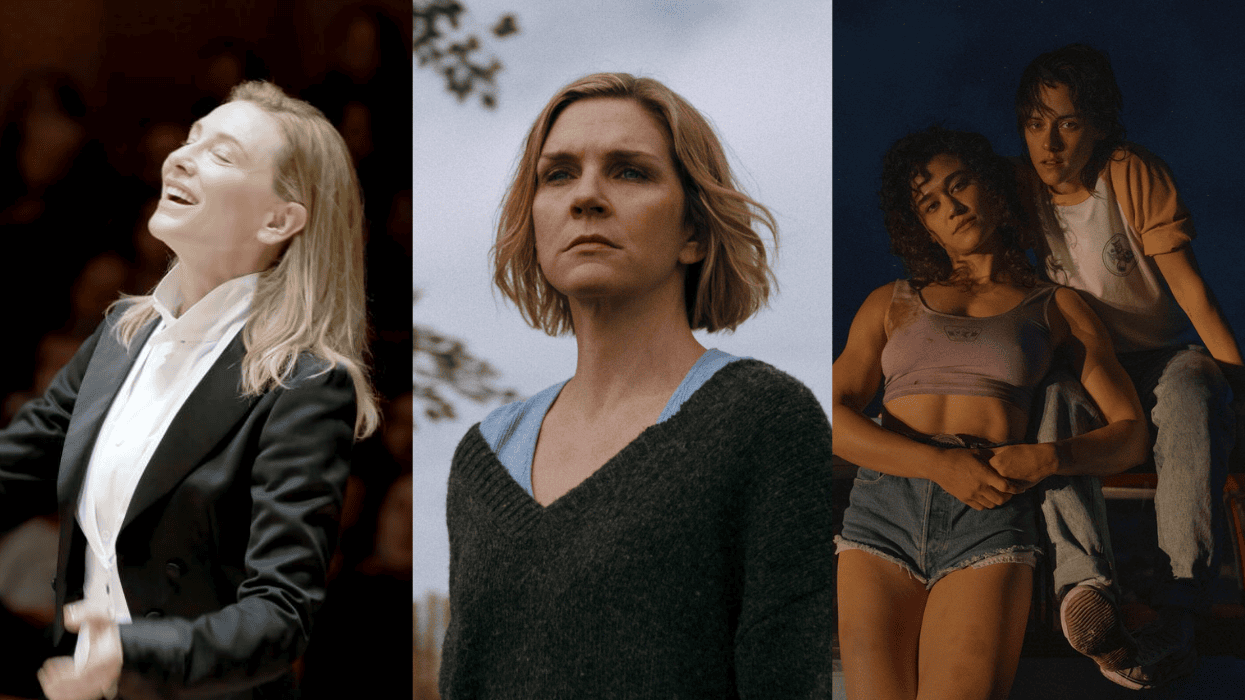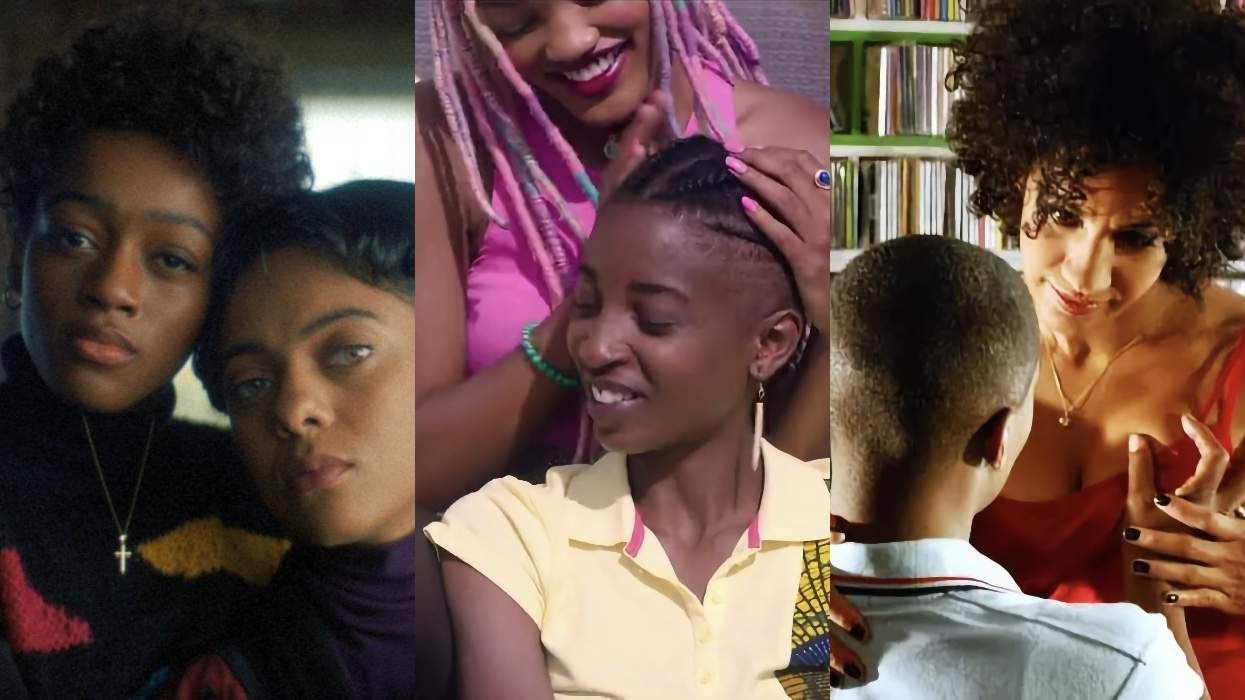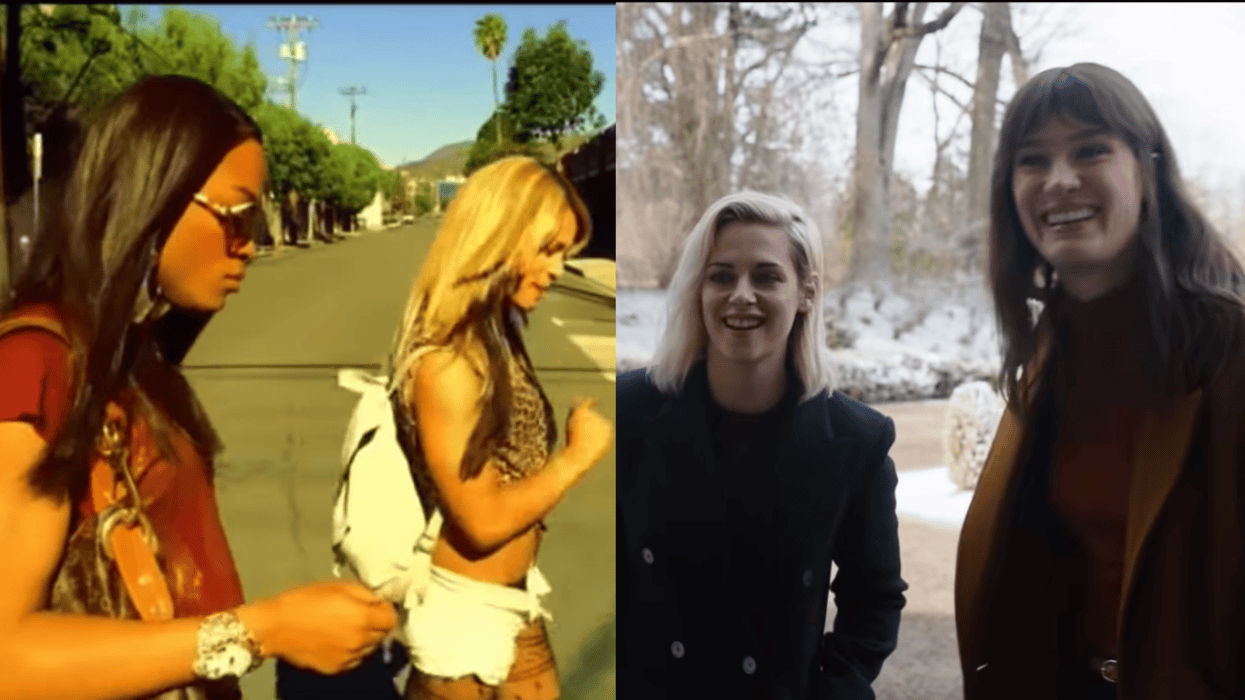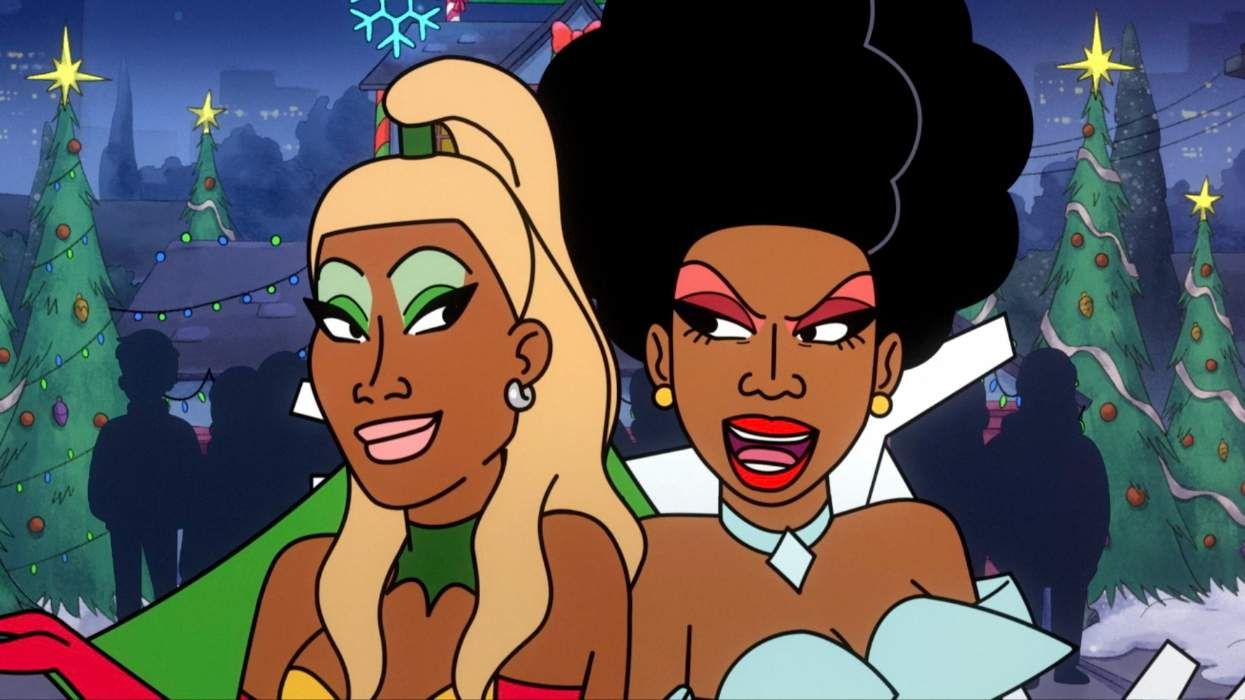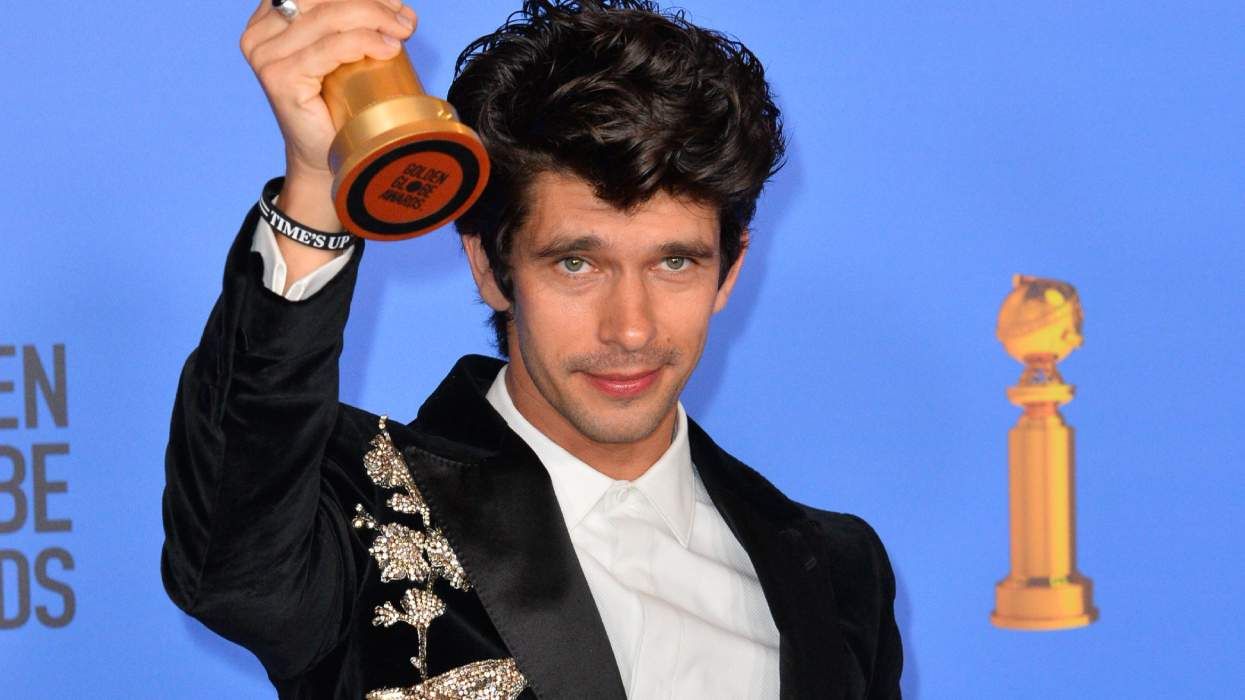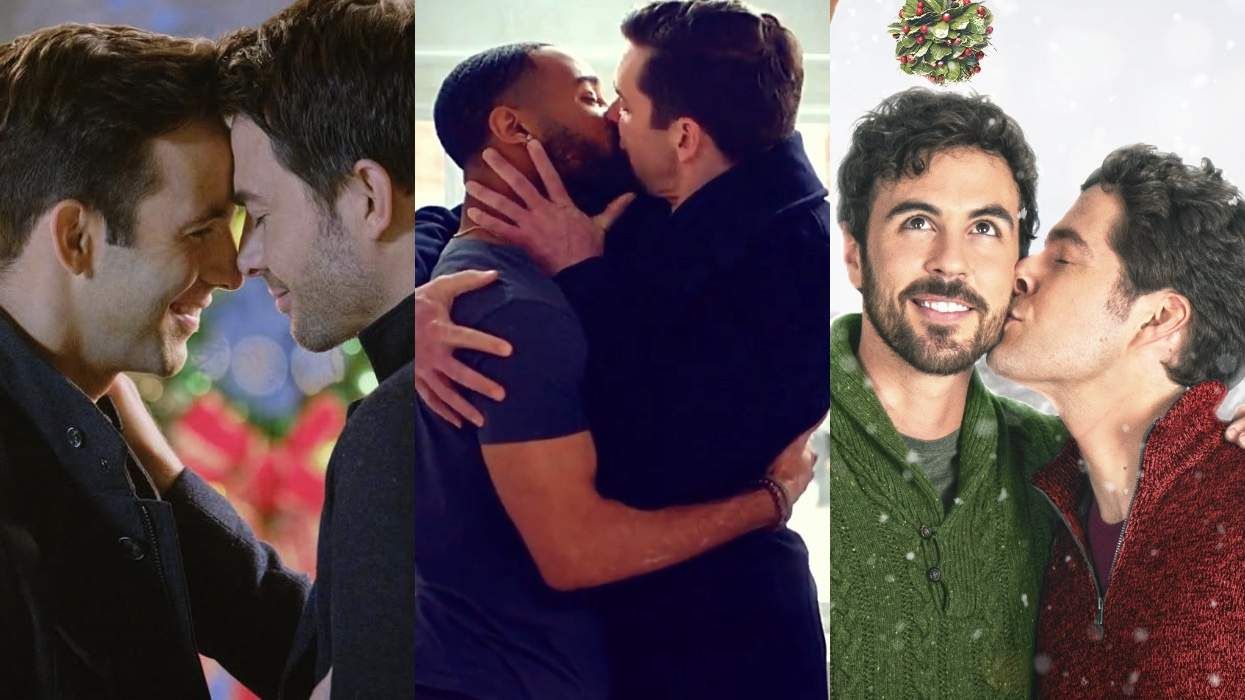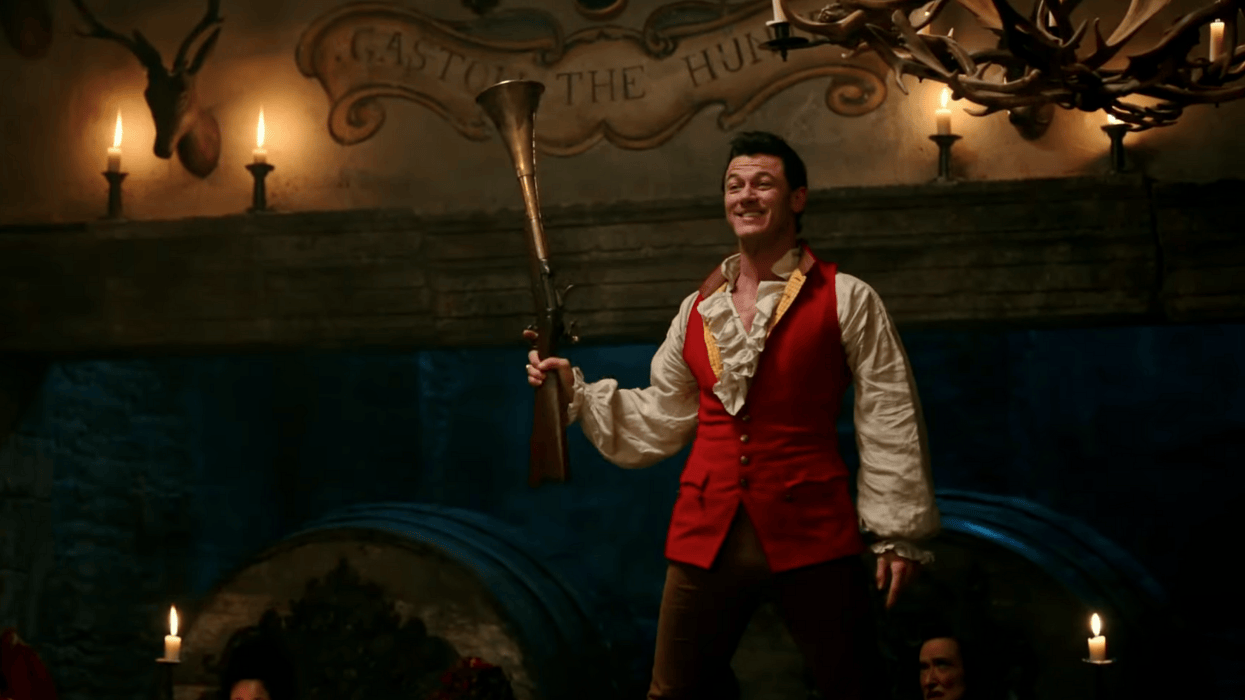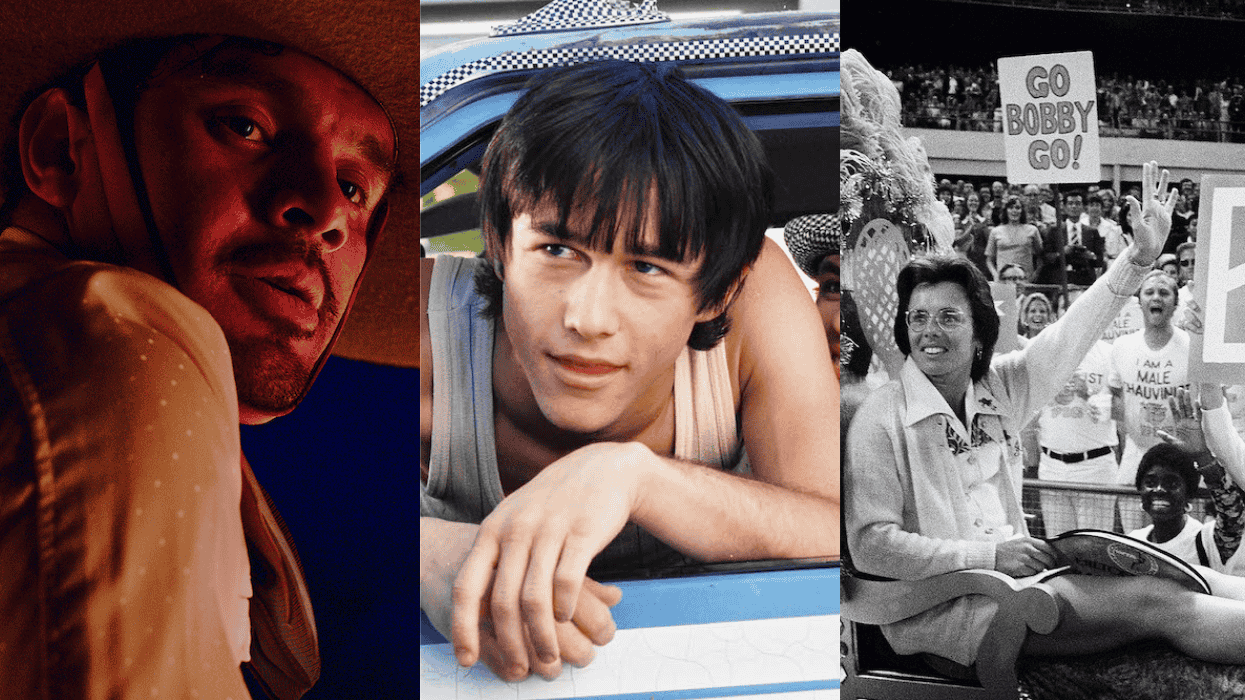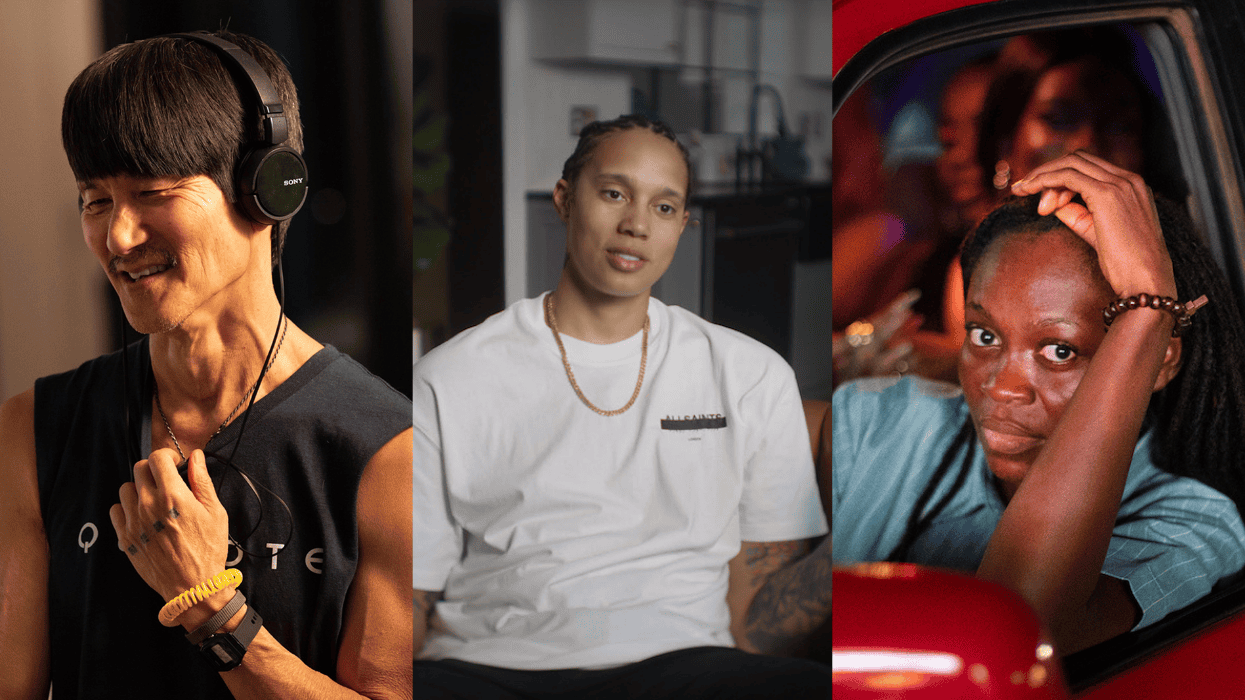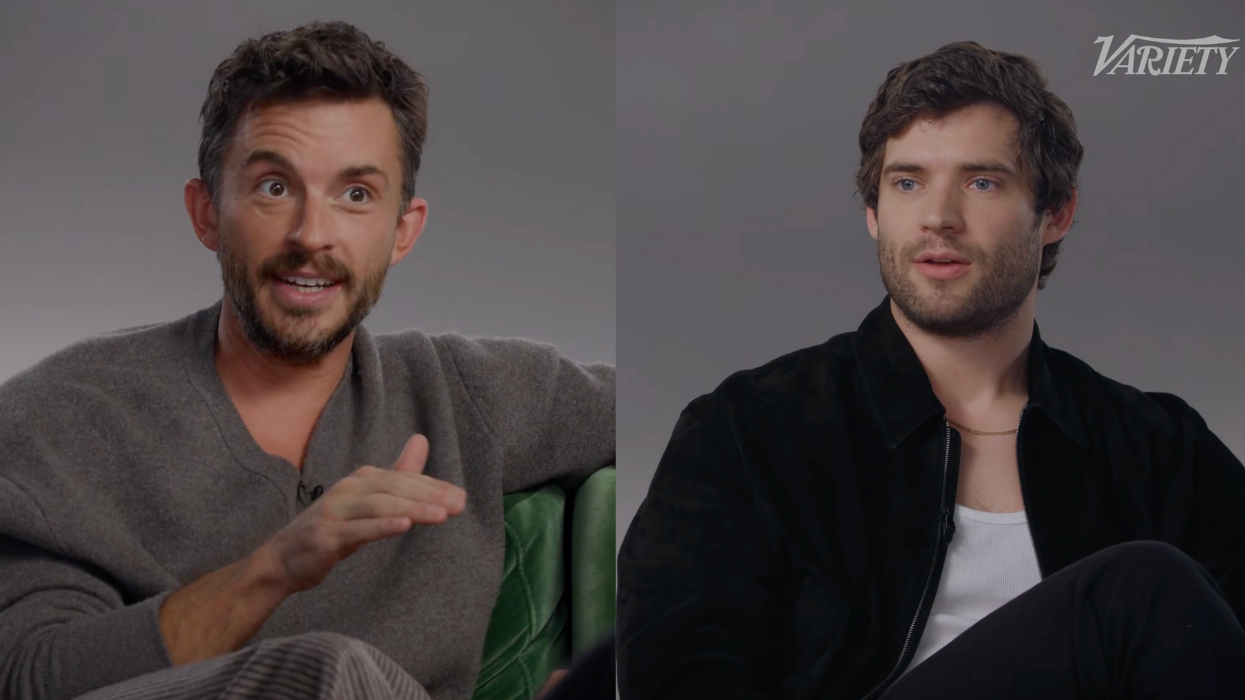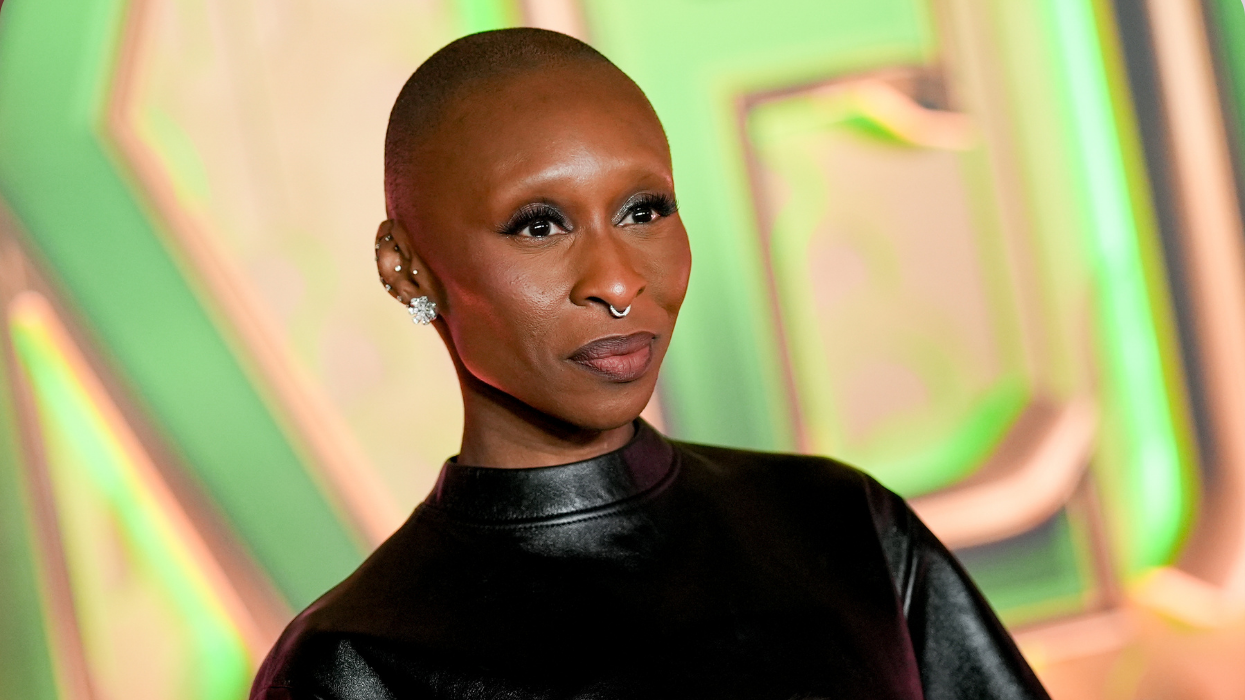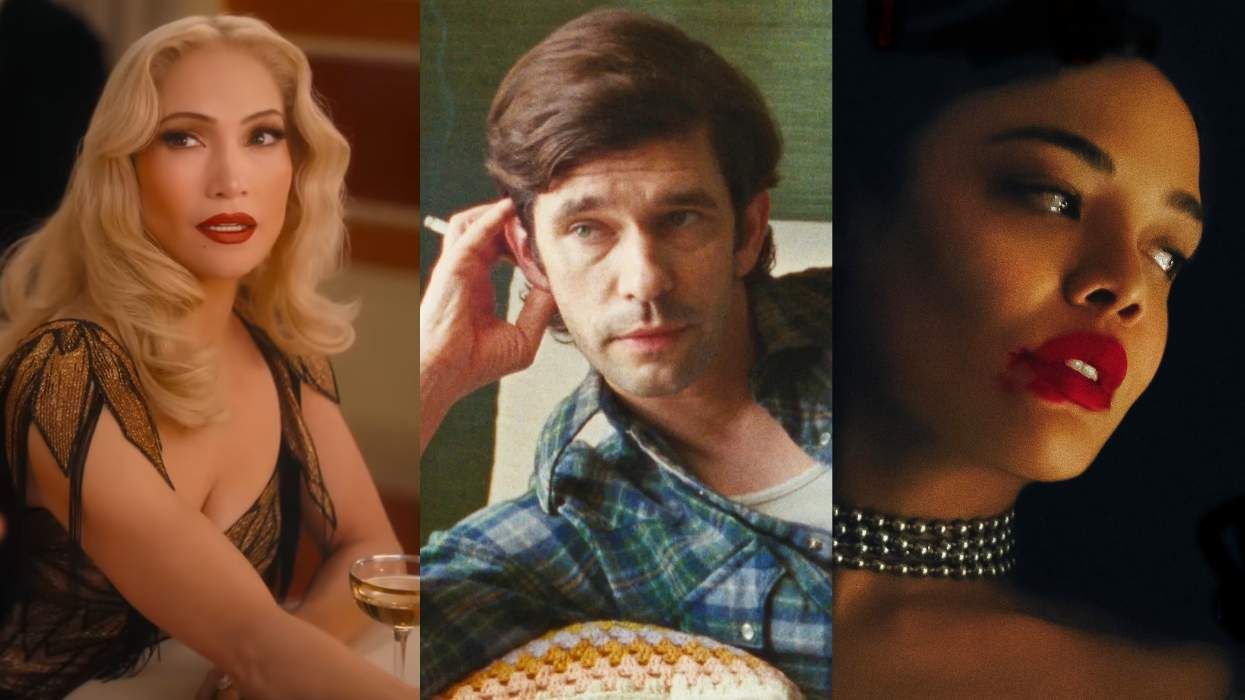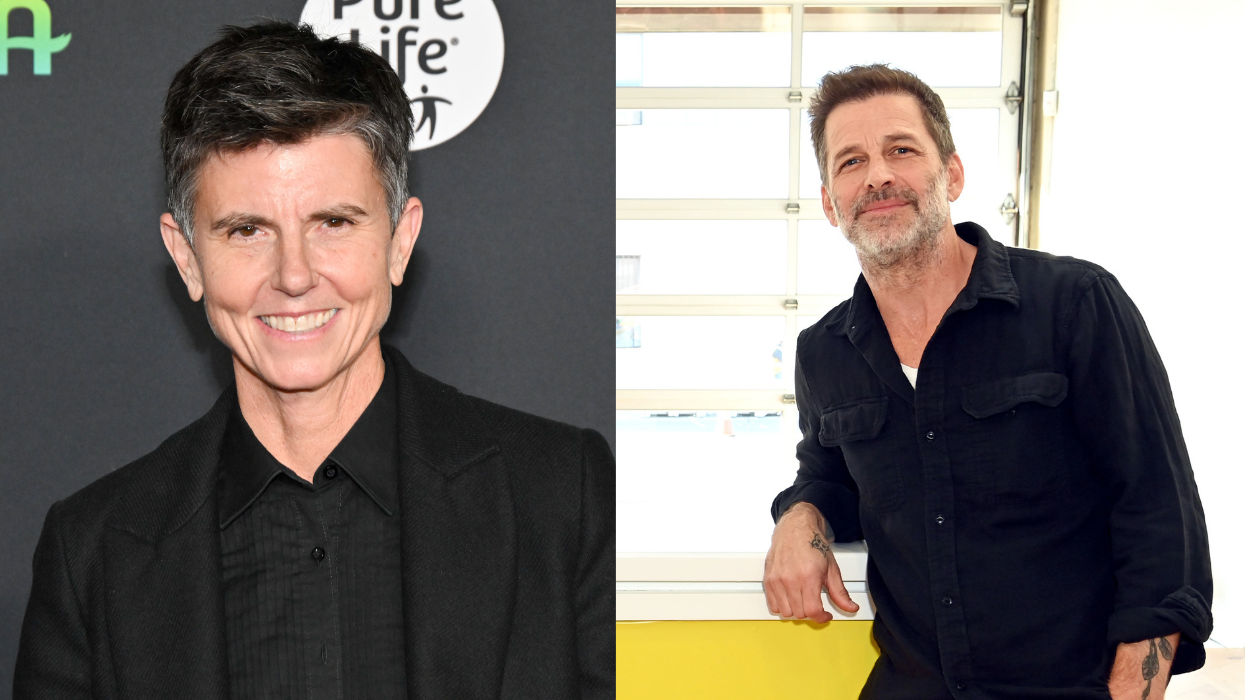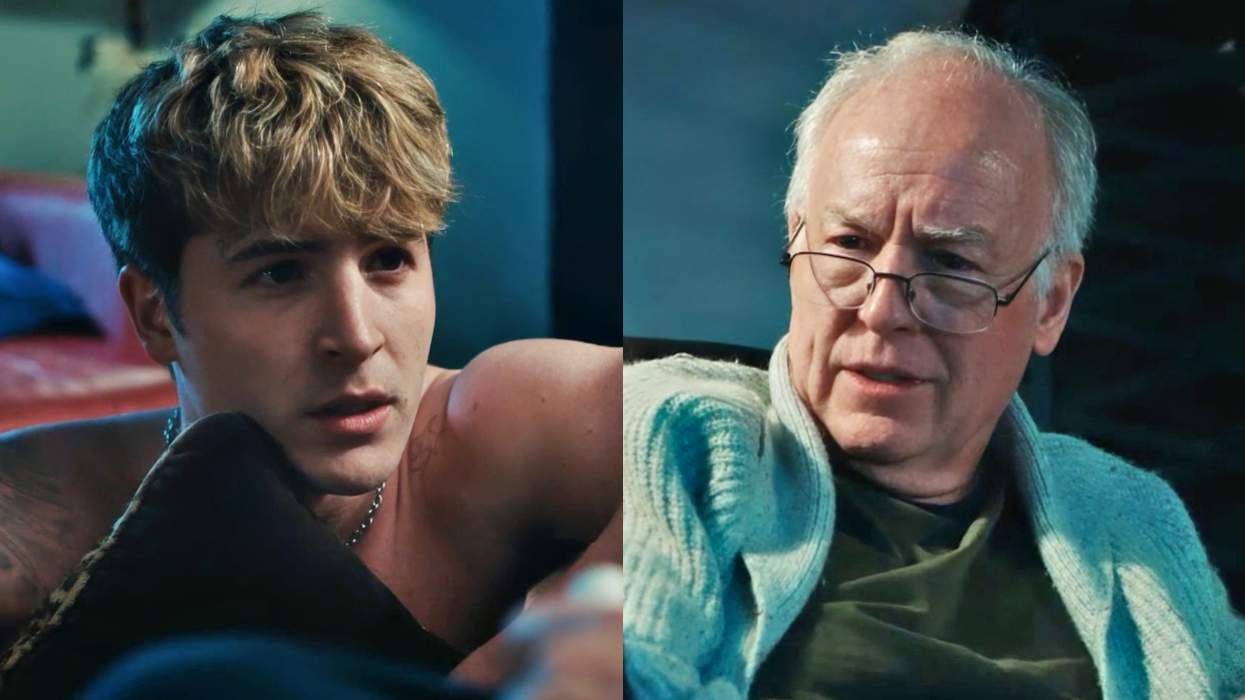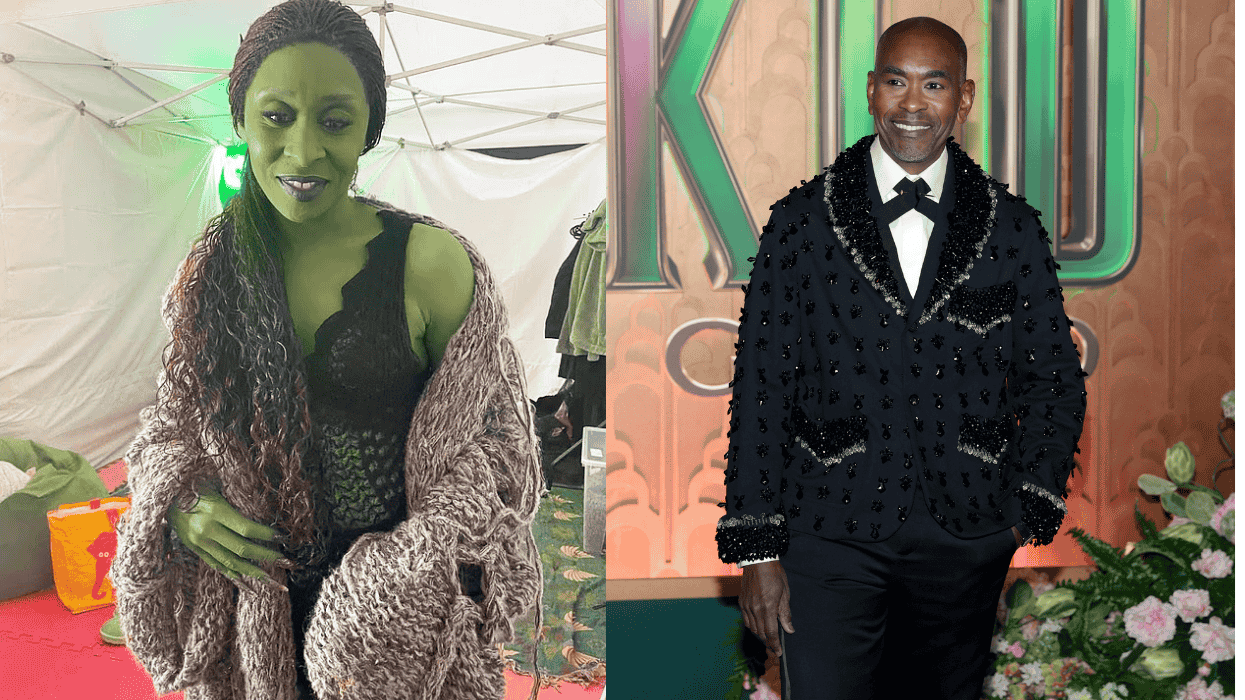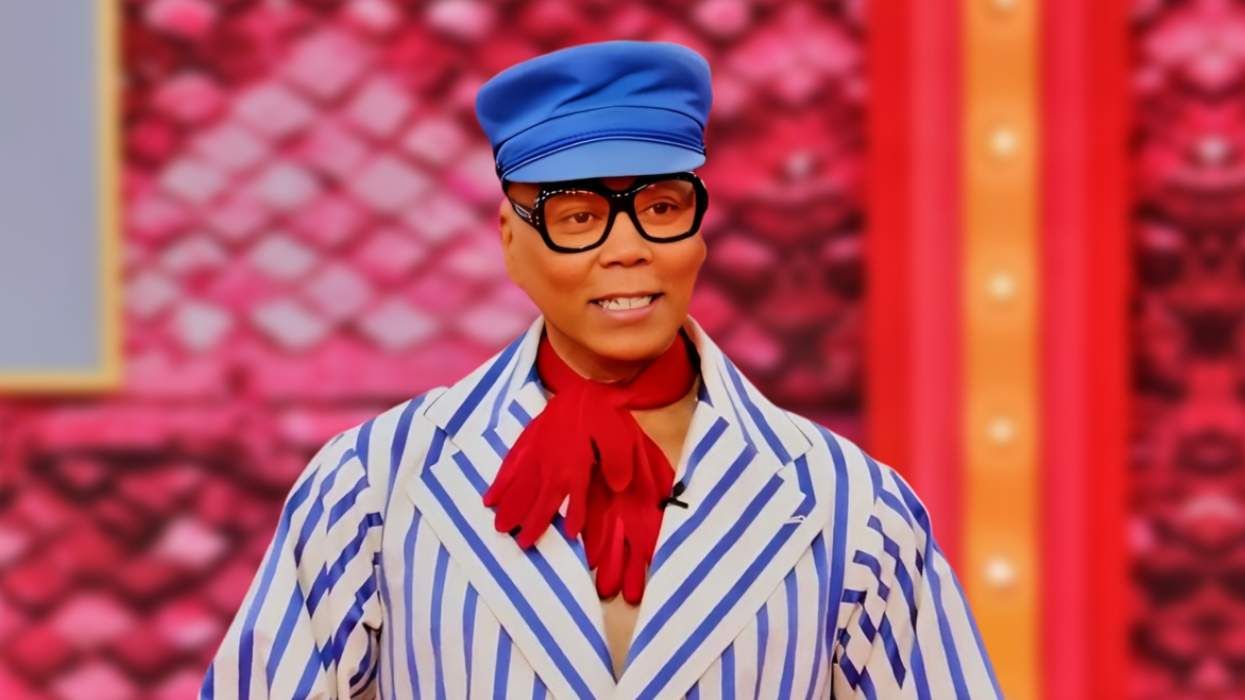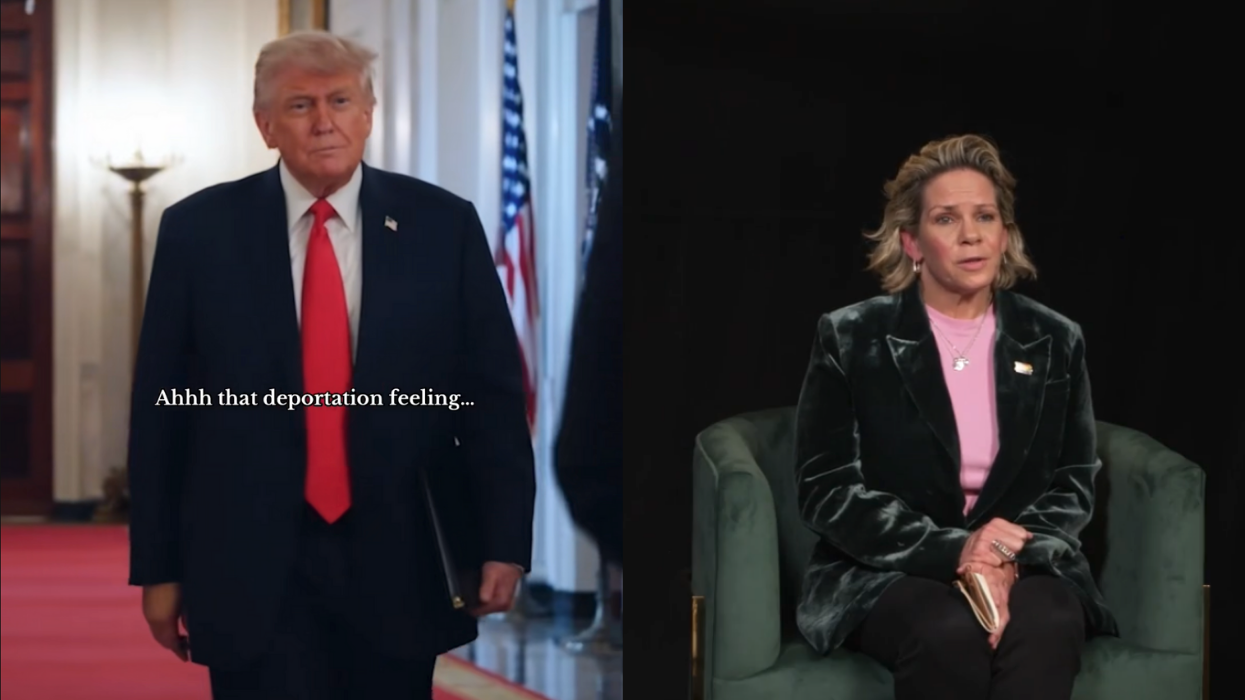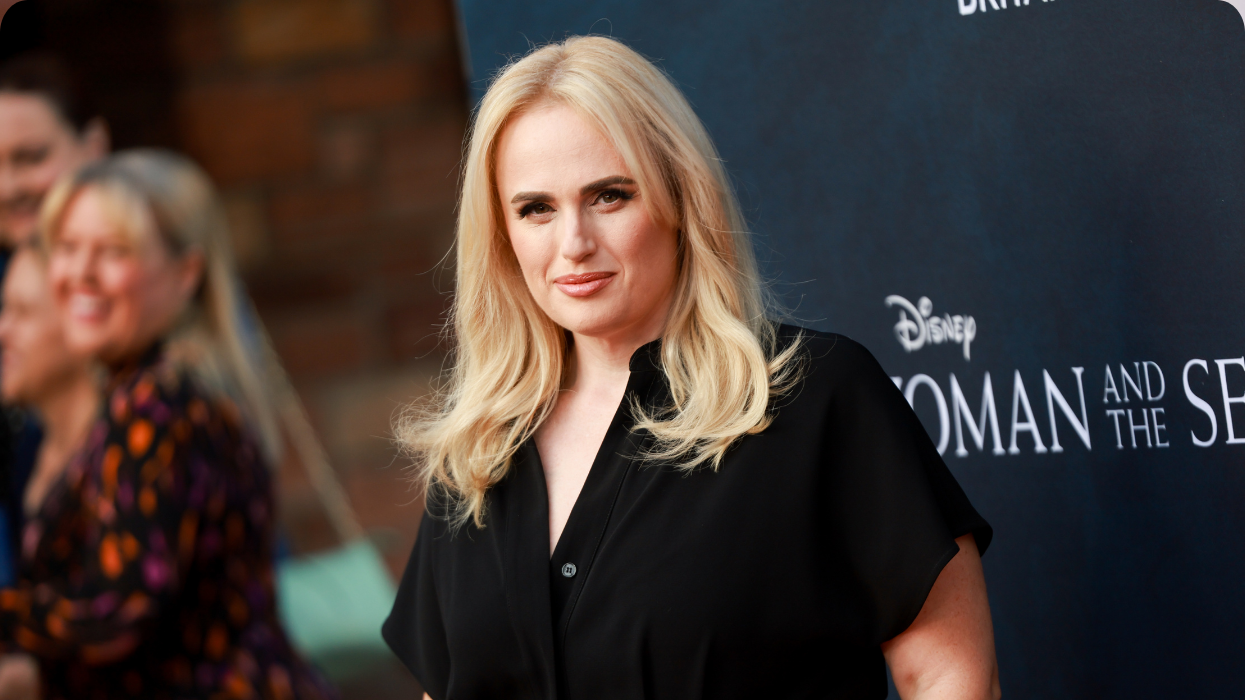As Hollywood continues its trek to becoming a more inclusive industry, stories featuring LGBTQ+ characters and those told by LGBTQ+ creatives have received greater attention and acclaim -- from Moonlight and Una Mujer Fantastica's Oscar wins to the cultural tour de force that is Pose and Janet Mock's legendary Netflix deal. Even mainstream film festivals are being more intentional about programming and highlighting content about and for queer people, with a fest like Tribeca staging a day-long celebration of 50th anniversary of the Stonewall riots earlier this year.
Meanwhile, however, queer film festivals, which have long served as a home for LGBTQ+ filmmakers of varying experience levels and their art, are seemingly (or perhaps more glaringly) playing second fiddle to their sometimes larger, more populus counterparts now waving diversity and inclusion flags. And while garnering the largest audience possible for LGBTQ+ art is always the goal, Christopher Racster, executive director of Outfest, which runs Thursday through July 28 in Los Angeles, wants the filmmaking community to recalibrate its ideas of success. Because a film playing at a mainstream fest should not be the barometer as it ignores and erases the persistent neccesity and continued relevance of queer film festivals.
"While I want everyone to see our stories and understand us, and I want particularly those who have not been seen within our community to be seen by everybody, that doesn't have to be the end goal to call it a success," Racster said. "I don't want anyone ever to feel like not getting into a Sundance or a Tribeca is a reflection on the importance and gravity and quality of representation that their story brings."
But things are changing for queer festivals amid this industry revamp.
Queer film festivals first surfaced in the 1970s, part of a burgeoning LGBTQ+ Rights Movement. Many of them became homes for LGBTQ+ creators whose works weren't programmed at other fests because of prevailing anti-LGBTQ+ sentiment of the time. Frameline, formerly known as the San Francisco International LGBTQ+ Film Festival, debuted in 1977 as the United States' first queer fest. (It is now the oldest continuous annual queer fest in the world.) Los Angeles' Outfest was founded a few years later in 1982 followed by New York City's NewFest in 1988.
"They were the only venues where they, especially more experimental filmmakers, had the opportunity to begin filling," said Karen Tongson, queer and media studies scholar and co-host of the Waiting To X-Hale podcast, "and not only filmmakes, but people working in the art scenes and other worlds that would go on to say, program at Sundance."
But as the times have changed -- both societal attitudes toward LGBTQ+ people and content and an industry now verbalzing its need to be more inclusive -- mainstream festivals have begun to be welcoming spaces for queer creatives and their equally queer content. Most mainstream festivals now even include the number of LGBTQ+ identified directors, along with women and people of color, whose work they've programmed each year in press releases. With these changes, it's no wonder queer filmmakers seek out mainstream festivals to premiere their work, because not only are they finally inclusive, but there's greater potential for major distributon deals to come out of a Sundance, Tribeca, or TIFF premiere.
There, however, will always be a need for queer film festivals, says Tongson.
"Whereas the contnet itself might be improving across the board at all festivals and particulalry those with bigger exposure, there is still really a key in building ties within and amongst queer filmmakers and artists and other creative people [that only happens at LGBTQ+ fests]," she said. "You can't underestimate the significance of community and being able to build community in person."
Nick McCarthy, NewFest's director of programming, agreed, highlighting how community also manifests itself in the form of unique support that a queer fest is able to provide to its filmmakers that just sometimes isn't present at the other fests because of their sheer size and breadth.
"I always recommend that filmmakers reach for the stars and apply to as many festivals as they possibly can because of the possibilities," he said, "but there is a certain care and concentration and fostering spirit that a queer film festival will afford a queer filmmaker ... You just can't get the necessary care paid to the people that might need it in a large environment like [mainstream festivals]."
Moreover, Hollywood's latest bout of diversity and inclusion has also had a positive impact on the livelihood of LGBTQ+ film festivals, one that illustrates their continued necessity as well as potential added benefits for filmmakers whose works are showcased.
Take for example Inside Out, Canada's largest LGBTQ+ film festival, which ran May 23 to June 2. Under the leadership of programming director Andrew Murphy, the fest secured the Elton John biopic, Rocketman, as its opening night film, fresh off its Cannes world premiere. Such a feat is notable as queer festivals are often seen as niche marketing efforts and therefore second-, or third-tier premiere locales for major studio-distributed films, even if they're queer -- that's if those pictures are marketed in any meaningful way to LGBTQ+ audiences at all.
"When they're under a distribution plan from straight cis men who only see awards, they don't consider secondary festivals," Murphy said. "They don't consider regional festivals. They don't consider queer festivals because they still have it in their mind that it's going to get pigeonholed, and that is so reductive and counterproductive to the work that we're doing."
"But at the end of the day, it still comes down to business and box office," he continued, noting that his focus in these conversation is about how "there's money in the queer community, so playing with us means we will go to see it a second time if we like it. We will see Moonlight four times while it's in the cinema... And so I think we're getting there. But I think these conversations [about inclusion in the industry] are allowing us to creep in while they're taking a pregnant pause."
And when a queer film festival is able to program such projects, it invariably increased the press attention paid to the fest and its other programming.
Racster also notes that queer film festivals can never really be compared to their mainstream counterparts, because the task at hand is just inherently unique.
"We serve a different and irreplaceable purpose, so in that sense, we will always be necessary, because we are serving the broader community and bringing us together in a different way," he said. "We serve society, and coming together and ensuring that your story, my story, someone else's story is seen and heard that otherwise may not is activism. Because we influence society. Society influences laws. Laws protect us. And right now, it's more important than ever that we are out there making sure that people understand our experience, because as everyone well knows, our laws, our protections are being eroded daily. So I'm particularly proud that there are places like Outfest, or Inside Out, or Frameline that are continuing to play their role in the fight to protect us."
RELATED | The 15 Outfest Films You Must See


